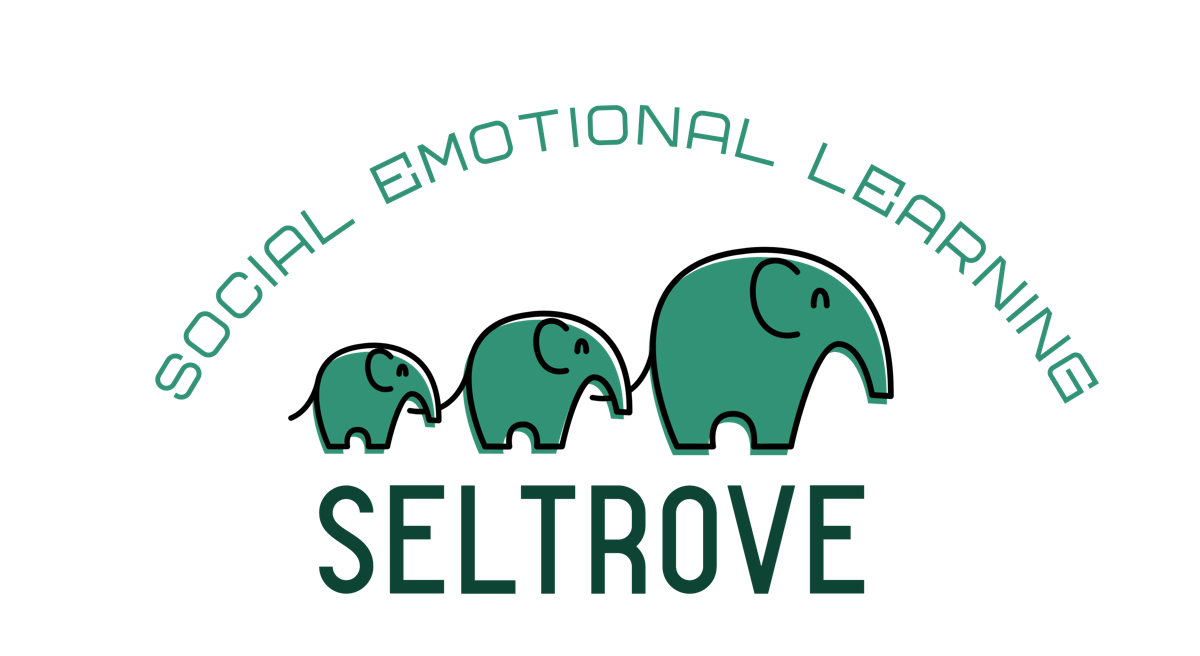
How to Build a Positive School Culture with SEL
A positive school climate is fundamental to student success, emotional well-being, and performance. A supportive and inclusive environment ensures that students feel safe, valued, and engaged in learning. Integrating Social Emotional Learning (SEL) into school culture fosters emotional intelligence, empathy, and respectful interactions, creating a thriving educational community.
This article explores key features, actionable strategies, and real-world examples of using SEL to build a positive school climate.
Features of a Positive School Climate
📌 Strong Student-Teacher Relationships – Trust-based interactions foster respect and open communication. 📌 Inclusive Policies & Anti-Bullying Programs – Schools promote equity, diversity, and respect for all. 📌 Opportunities for Leadership & Peer Mentoring – Students actively foster a collaborative community. 📌 Restorative Practices for Conflict Resolution – Emphasizing accountability and empathy over punishment. 📌 Safe Emotional Spaces – Areas where students can self-regulate and practice mindfulness.
Tips for Fostering a Positive School Climate
1. Strengthen Student-Teacher Relationships
✅ Encourage open communication and active listening in classrooms. ✅ Implement morning check-ins to assess students’ emotional well-being. ✅ Recognize and celebrate student achievements and efforts.
📖 Case Study: Relationship-Driven Learning in California A middle school in Los Angeles introduced daily teacher-student check-ins and saw higher attendance rates and improved student participation.
2. Promote Inclusivity & Equity
✅ Develop school-wide policies that emphasize diversity, inclusion, and anti-bullying. ✅ Use SEL-based lessons to teach students about empathy and cultural awareness. ✅ Encourage student-led diversity initiatives and clubs.
📖 Case Study: Equity-Focused SEL in New York A high school in Brooklyn integrated culturally responsive SEL curricula, leading to a 30% drop in bullying incidents and a stronger sense of belonging among students.
3. Create Leadership & Peer Mentoring Opportunities
✅ Establish student councils, peer mentoring programs, and leadership workshops. ✅ Encourage students to take active roles in decision-making. ✅ Pair older students with younger ones for mentorship and SEL modeling.
📖 Case Study: Peer Mentorship in Chicago A Chicago high school implemented a peer mentorship program where seniors supported freshmen in adjusting to school life. The result? Increased freshman retention rates and stronger school engagement.
4. Implement Restorative Practices for Conflict Resolution
✅ Use restorative circles to encourage open dialogue and accountability. ✅ Train staff and students in mediation techniques. ✅ Shift away from punitive discipline to constructive, relationship-focused solutions.
📖 Case Study: Restorative Discipline in Texas A Texas school district replaced suspensions with restorative justice circles, leading to a 60% reduction in disciplinary incidents and improved student relationships.
5. Designate Safe Emotional Spaces
✅ Create calm-down areas in classrooms where students can self-regulate. ✅ Introduce mindfulness corners with sensory tools and relaxation exercises. ✅ Train staff to recognize signs of emotional distress and provide guidance.
📖 Case Study: Mindfulness in Schools in Seattle A school in Seattle implemented dedicated mindfulness spaces, resulting in reduced student anxiety and better classroom focus.
Action Steps for Schools
✔ Launch School-Wide SEL Initiatives – Morning check-ins, advisory periods, and school-wide mindfulness breaks. ✔ Develop Inclusive & Culturally Responsive Policies – Anti-bullying strategies and diversity-focused SEL programs. ✔ Train Educators in SEL & Restorative Practices – Provide professional development on relationship-building and conflict resolution. ✔ Engage Parents & the Community – Involve families in SEL programs and create a school-community partnership. ✔ Measure SEL Impact – Conduct surveys and assessments to evaluate school climate improvements.
Conclusion
A positive school climate is not built overnight but requires consistent effort, collaboration, and a commitment to SEL principles. Schools that foster respect, inclusivity, leadership, and emotional well-being see higher student engagement, improved behavior, and overall academic success.
📥 Join Our SEL School Network – Connect with educators and school leaders implementing SEL best practices.
Would you like tailored resources or school-wide SEL implementation plans? Let us know how we can support you! 🚀
Find out more at www.seltrove.com
Want to learn more?
Access classroom-ready turnkey resources for your SEL classroom. Our SEL resources are crafted to be both engaging and interactive, aimed at nurturing empathy, compassion, and well-being among students. With a commitment to creating inclusive and kind classroom environments, our suite of print and digital materials is designed to support educators in this mission
Featured links
-
SEL Print Workbooks
-
SEL Lightspeed Schoolwide
-
SEL K-12 Free Sample Guide
-
District Solutions
-
About us
Teacher Resources
Get in touch
-
516 North Ogden Ave, Suite 111 Chicago, IL 60642
-
andy@seltrove.com
-
312-224-2536